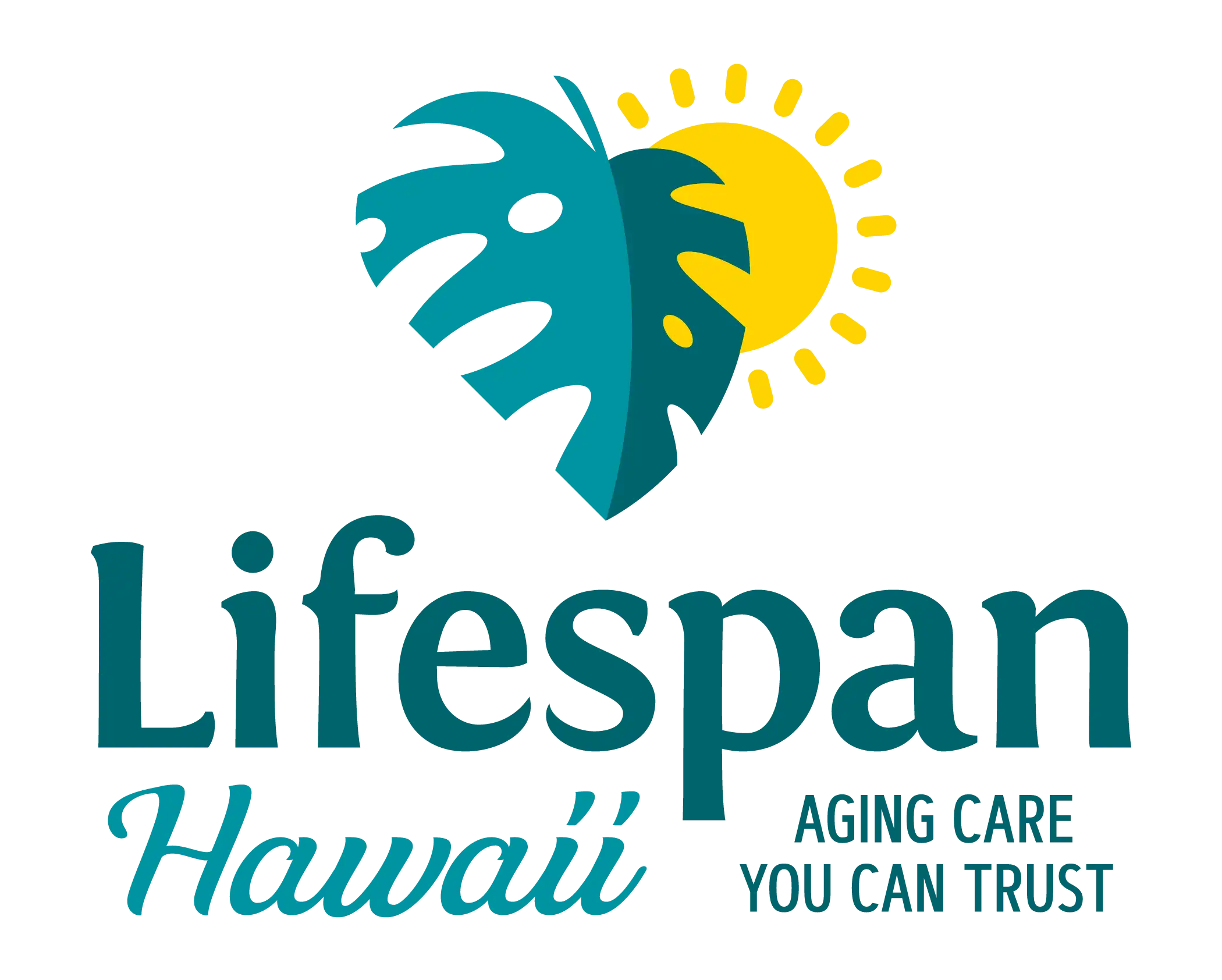Lava Overflows on Crater Floor, Cracks in Inflation
The United States Geological Survey announces that high lava lake levels in the informally named “Overlook crater” within Halemaʻumaʻu at the summit of Kīlauea Volcano have resulted in a series of overflows of lava onto the Halemaʻumaʻu crater floor beginning late on Saturday, April 21, 2018, and continuing intermittently through Monday, April 23. These are the first significant overflows of the summit lava lake since May 2015 (a small overflow also occurred in October 2016). Accompanying this high stand of lava within the Overlook crater are nearly continuous areas of spattering along the margins of the lava lake, providing good views from Hawai‘i Volcanoes National Park’s Jaggar Museum Overlook. Sulphur dioxide gas emissions from the lake remain elevated.

The silhouettes of HVO and Hawai‘i Volcanoes National Park’s Jaggar Museum are visible on the rim of Kīlauea’s summit caldera (center high point). Mauna Loa can be seen in the far distance (left). The area around Halema‘uma‘u remains closed to the public due to ongoing volcanic hazards, including high sulfur dioxide gas emissions and unexpected rockfalls and explosions. Courtesy US Geological Survey (Click to enlarge)
Recent Observations
Since mid-March 2018, tiltmeters and GPS instruments have recorded an overall trend of inflationary tilt at the summit of Kīlauea Volcano reflecting an increase in the amount of magma in the shallow magmatic reservoir. In response, the lava lake within the Overlook crater has risen, reaching levels high enough for lava to flow over the crater rim and spread to the north, south, and southwest of the vent. A series of overflows, each lasting tens of minutes to several hours, occurred between April 21 and April 24. Between overflows, the lava column receded below the Overlook crater rim before rising again.
Based on HVO web camera records and direct observations, these flows are similar to those produced in the April-May 2015 overflows. They consist of lobate sheets of shelly pāhoehoe traveling as far as 375 m (about a quarter mile) across the floor of Halemaʻumaʻu. As of midday April 23, the new lava flows had covered about 40 acres (about 30 percent) of the floor of Halemaʻumaʻu. Each overflow also adds some height to the enclosing vent rim.
Beginning in mid-April 2018 and continuing through the current high lava lake level and subsequent overflows, HVO seismometers recorded an uptick in small earthquakes beneath Kīlauea’s summit and upper East Rift Zone reflecting increased pressurization. However, unlike the April-May 2015 event, no bursts of earthquakes or deformation indicating an intrusion of magma into the southern caldera region of Kīlauea have yet been recorded.
Although Kīlauea’s summit and East Rift Zone magma systems are connected, with changes at one sometimes leading to changes at the other, the Puʻu ʻŌʻō vent on Kīlauea Volcano’s East Rift Zone has shown no direct response to the recent overflows. However, HVO tiltmeters, GPS, web cameras, and field observations, continue to record inflation of Puʻu ʻŌʻō and the upper portion of the Episode 61g lava tube system, which could lead to the opening of a new vent on or near Pu‘u ‘Ō‘ō. If/when that happens, it is possible, even likely, that the summit lava lake will be affected, most likely by a significant drop in the lake level.

A helicopter overflight on Monday, April 23, of Kīlauea Volcano’s Halema‘uma‘u crater showed the extent of the largest overflow (silver gray) of the lava lake, which occurred from approximately 6:30 a.m. to 9:30 a.m. this morning. The overflow covered much of the April/May 2015 and October 2016 overflows, but a section of the 2015 overflow is still visible on the south (upper edge) of the Halema‘uma‘u crater floor. At the time of the flight, multiple spattering sites were active around the margin of the summit lava lake, and the lake surface had dropped to a few meters (yards) below the vent rim. The lower lake level reflected the switch from inflation to deflation at the summit of Kīlauea. USGS Photo. (Click to enlarge)
Hazard Analysis
High levels of sulfur dioxide gas, rockfalls, and explosions remain the primary hazards of concern. While the lake level is high, the risk of rockfalls and subsequent explosion of molten spatter and rock debris onto the southeast rim of Halemaʻumaʻu is slightly elevated due to the shorter vertical distance from the lake surface to the crater rim. These rockfalls and explosions can occur suddenly and without warning, underscoring the extremely hazardous nature of the Halema’uma’u rim, an area that has been closed to the public since late 2007.
Inflation at Pu‘u ‘Ō‘ō continues, and the crater floor has been slowly uplifting for several weeks. This uplift has rotated sections of the crater floor and opened hot, gaping cracks on it.

This animated GIF (open in a browser window to see the animation) shows the difference between thermal images taken on Friday, April 20, and today, April 24. For scale, the far rim of the crater is about 280 m (920 feet) from the near rim. The crater floor uplift and continued inflation indicate building pressure in the magmatic system beneath Pu‘u ‘Ō‘ō.
Visitors to the Hawai’i Volcanoes National Park Jaggar Museum Overlook and other Park areas should also note that under southerly (non-trade) wind conditions, rockfalls and explosions can result in a dusting of powdery to gritty ash composed of volcanic glass and rock fragments. These ashfalls represent a minor hazard, but visitors should be aware that dustings of ash at Jaggar Museum and other areas around the Kīlauea summit are possible.
For more information on gas hazards at the summit of Kīlauea, see: https://pubs.er.usgs.gov/publication/fs20173017
For more information about volcanic ash hazards and precautions at Kīlauea, see: http://hvo.wr.usgs.gov/hazards/FAQ_SO2-Vog-Ash/main.html
Remarks: The current high level of lava within the Overlook crater within Halemaʻumaʻu is best explained by an increase in the amount of magma stored within Kīlauea Volcano’s shallow magma system, something that has occurred many times during the ongoing East Rift Zone eruption. This increase is also responsible for the continuing inflation and elevated microearthquake activity in the summit region.
However, the exact cause of increased magma within the shallow storage system at Kīlauea’s summit is not known. Possible causes include (1) increased magma supply from deeper sources within the volcano, (2) a constriction or blockage in the conduit that carries magma from the summit storage system to the East Rift Zone, or (3) some combination of both.
During similar lava lake activity at Halemaʻumaʻu in the 1800s and early 1900s, lava lakes like the current one frequently produced overflows. With time, overflows and intermittent lava spattering can build a collar or levee of solidified lava that contains the rising and circulating lava lake. This phenomenon is known as a “perched lava lake.”
As long as Kīlauea’s summit magma reservoir remains pressurized and the current inflationary trend continues, we expect high lava lake levels, occasional overflows on the Halemaʻumaʻu floor, and possibly formation of a perched lava lake. Rockfalls into the summit lava lake accompanied by explosions and ejection of molten spatter and rock debris may occur and gas emissions will continue to be elevated. Ongoing spattering from sources on the surface of the lake will continue to produce fine ash and Pele’s hair that can be blown far downwind.
HVO is closely monitoring Kīlauea Volcano, especially watching for any signs of unrest that could precede a new outbreak of lava or a change in behavior at either the Puʻu ʻŌʻō or summit Overlook crater vents.












